Virginia spawned four of the first five US presidents. Between Reconstruction and the roaring twenties, Ohio’s executive fecundity earned it the sobriquet “Cradle of Presidents.” But the next time fate, or providence, guides you to western New York, the friendly folks at the Buffalo Presidential Center will set you straight on the most president-haunted city this side of Washington, DC.
Located on the second floor of the downtown Buffalo library and open only on Saturdays, the BPC spotlights the two Oval Officers hailing from the City of Good Neighbors (Millard Fillmore and Grover Cleveland); the victim (William McKinley) and beneficiary (Teddy Roosevelt) of the assassination at the city’s Pan-American Exposition in 1901; and the hopefuls and also-rans, from Jack Kemp to Shirley Chisholm, who have called the city and its region home. (One of my favorite trinkets in the BPC’s collection is an American Gothic-themed button depicting 1972 rivals Chisholm, the liberal black Brooklyn congresswoman who married a Buffalo politico, twinned with the problematic populist George Wallace under the slogan “Catalysts for Change.” Now that’s an alliance.)
The fringes of fame, the outer purlieus of power, are always much more interesting than the epicenter, which is why we recently dropped by the BPC to catch its new exhibit celebrating William Miller, who as Barry Goldwater’s running mate was buried under the 1964 LBJ landslide.
Bill Miller was a short, slight, jaunty district attorney and seven-term congressman from the nearby city of Lockport, whose best-known native daughters are the logorrheic novelist Joyce Carol Oates and the supermodel turned hemorrhoid-cream spokeswoman Kim Alexis. Son of a janitor and a milliner, Miller was a Catholic and expert bridge player with a good head of Vitalis-slicked hair. He was a sharp polemicist and by all accounts a decent man whose presence on the Goldwater ticket made absolutely no difference one way or the other.
He couldn’t write as well as the current GOP VP candidate, J.D. Vance, but he did have a childless cat-lady daughter, liberal radio personality Stephanie Miller.
His relative obscurity, even at the height of his modest celebrity, inspired the doggerel: “Here’s a riddle/It’s a killer/Who the hell is William Miller?” Barry Goldwater later joked that for a brief season Miller was just “one heartbeat away from political oblivion,” but in 1974 he had fifteen more minutes of fame when TV-watchers across the fruited plain saw and heard him ask, “Do you know me?” as a pitchman in a popular American Express commercial.
As for those two locals who actually grabbed the brass ring — or is it Tolkien’s Ring of Power? — they made Buffalo the home of the peacenik presidents.
Accidental president Millard Fillmore, who ascended to his post after Zachary Taylor ate one too many ripe cherries, is today reviled for signing the noxious Fugitive Slave Act as part of the Compromise of 1850. Yes, it was an inhumane law and a violation of states’ rights, but the “adults in the room,” to use the current and repellent phrase, were calling for compromise to preserve a Union that would fracture anyway in just over a decade.
This is a blot on the thirteenth president’s escutcheon, but before his presidency Fillmore had opposed the Mexican War, as president he stood firmly against demands by Southern firebrands to seize Cuba as lebensraum for slavery, and in his post-presidency he was decidedly unenthusiastic about the War Between the States.
Like Nick Lowe, Millard Fillmore didn’t know what was so funny ’bout peace, love and understanding.
Grover Cleveland, whose status as the only president to serve two nonconsecutive terms is at risk this fall, was a Jeffersonian Democrat with a preference for parsimony and an aversion to foreign intervention. As president he resisted pressure from expansionists to annex Hawaii, and as an ex-president he supported the Anti-Imperialist League in its passionate objections to US domination of the Philippines.
If peace had a constituency among historians, the Buffalo Boys would be rated a helluva lot higher than James K. Polk and Woodrow Wilson in those ridiculously tendentious surveys.
With our friends Pat and Chuck we capped off a Buffalo presidential afternoon with beers at Founding Fathers Pub, a watering hole whose walls are plastered with images of those who became king of the hill: the venerable and the venial, the lauded and the loathed. So here’s to you, Millard, Grover and even little Billy Miller: in this wretch- ed political year I sure wouldn’t mind seeing your likes again.
This article was originally published in The Spectator’s October 2024 World edition.



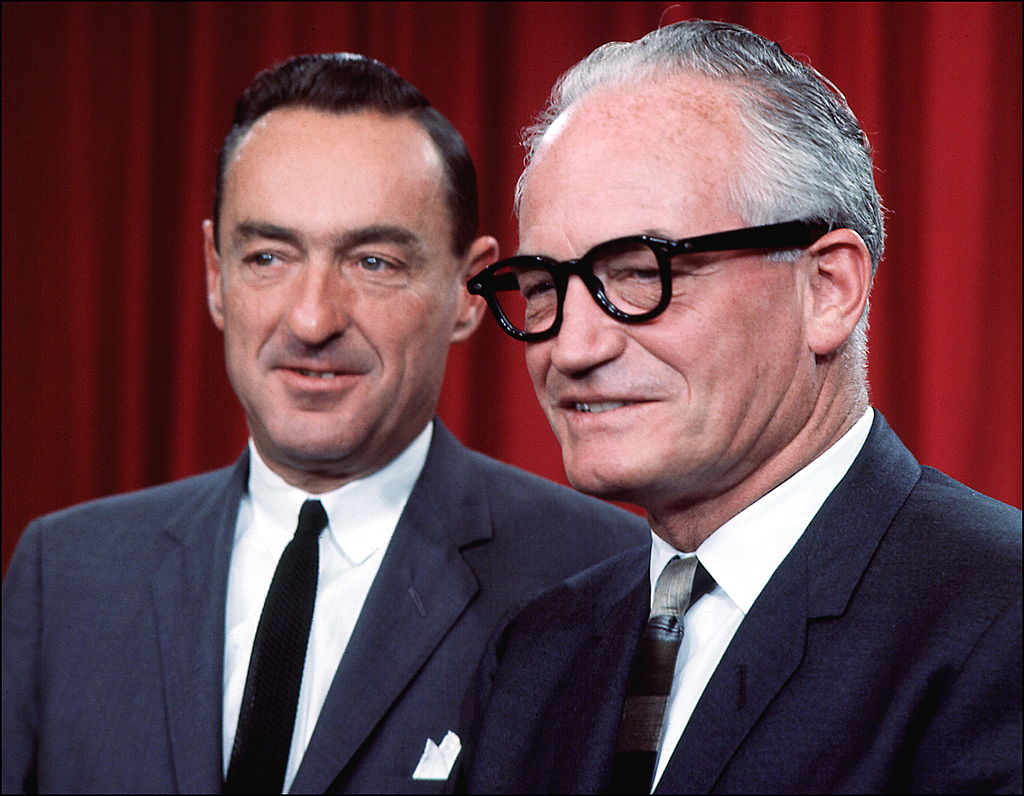








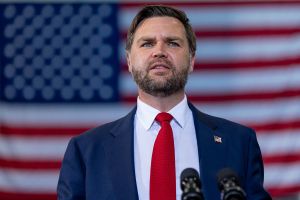

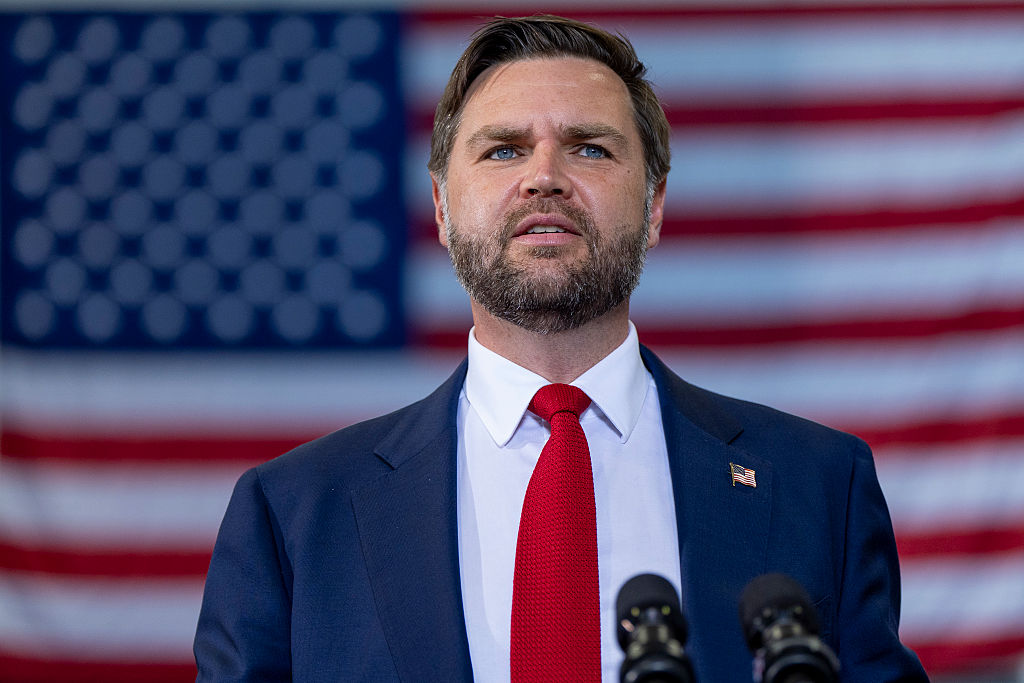
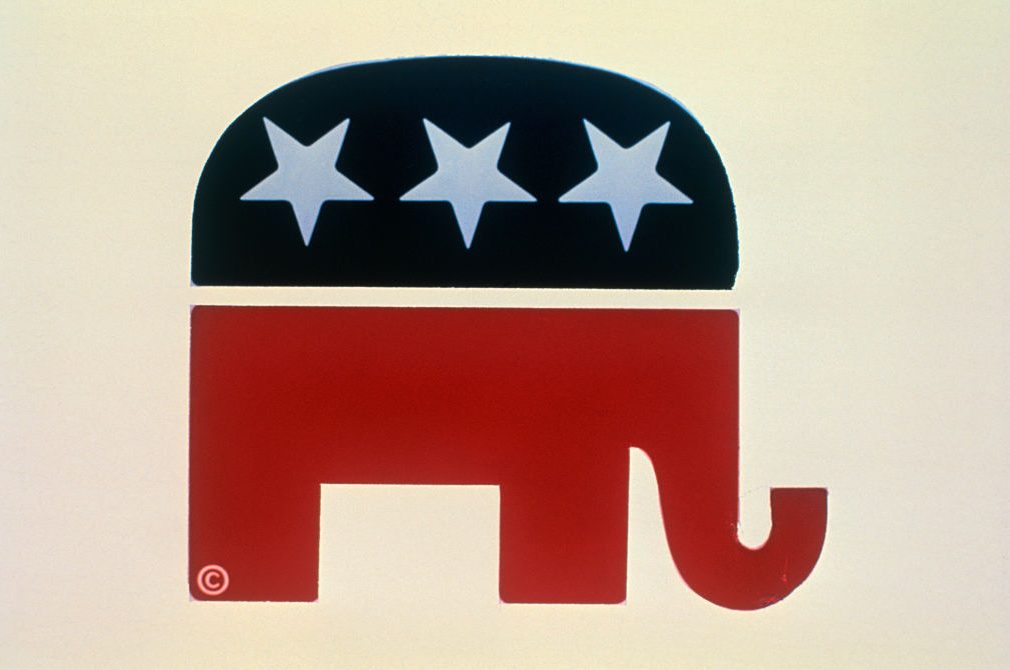
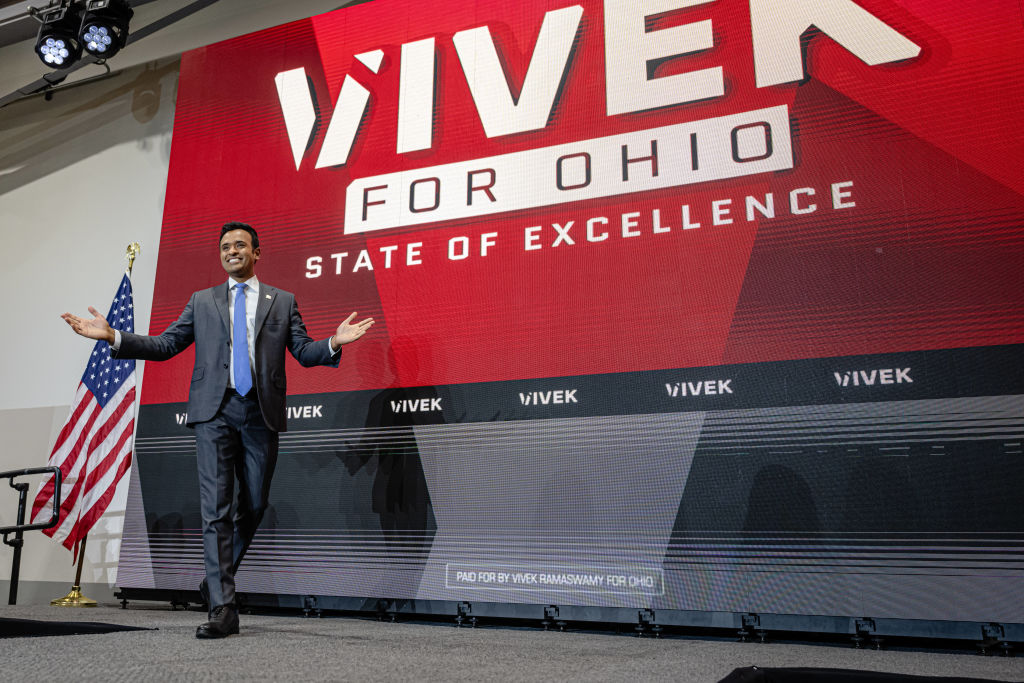
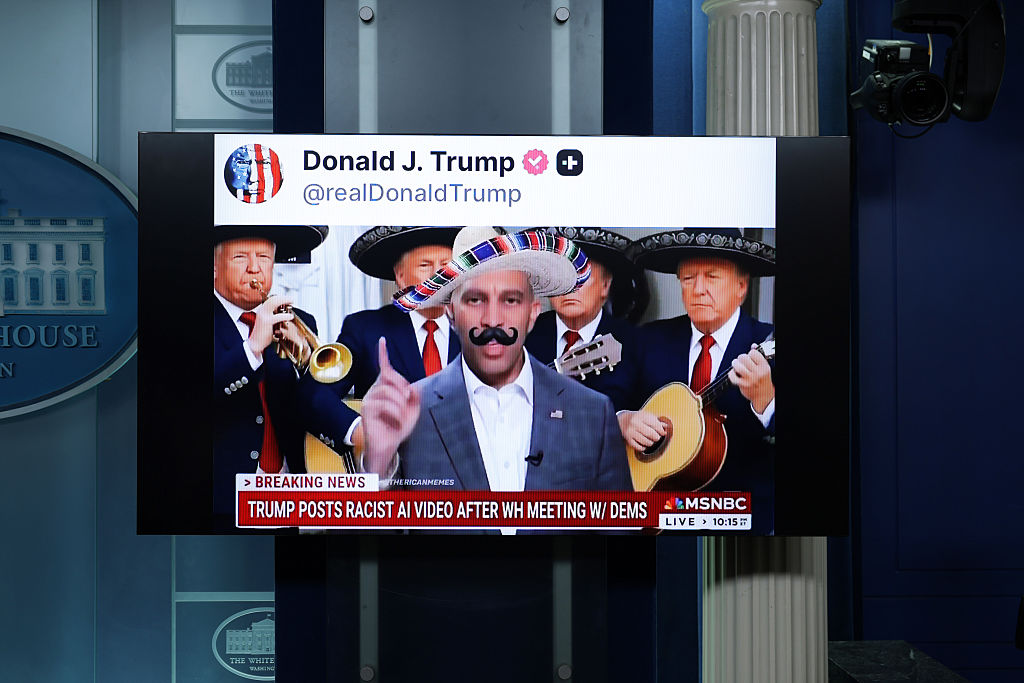
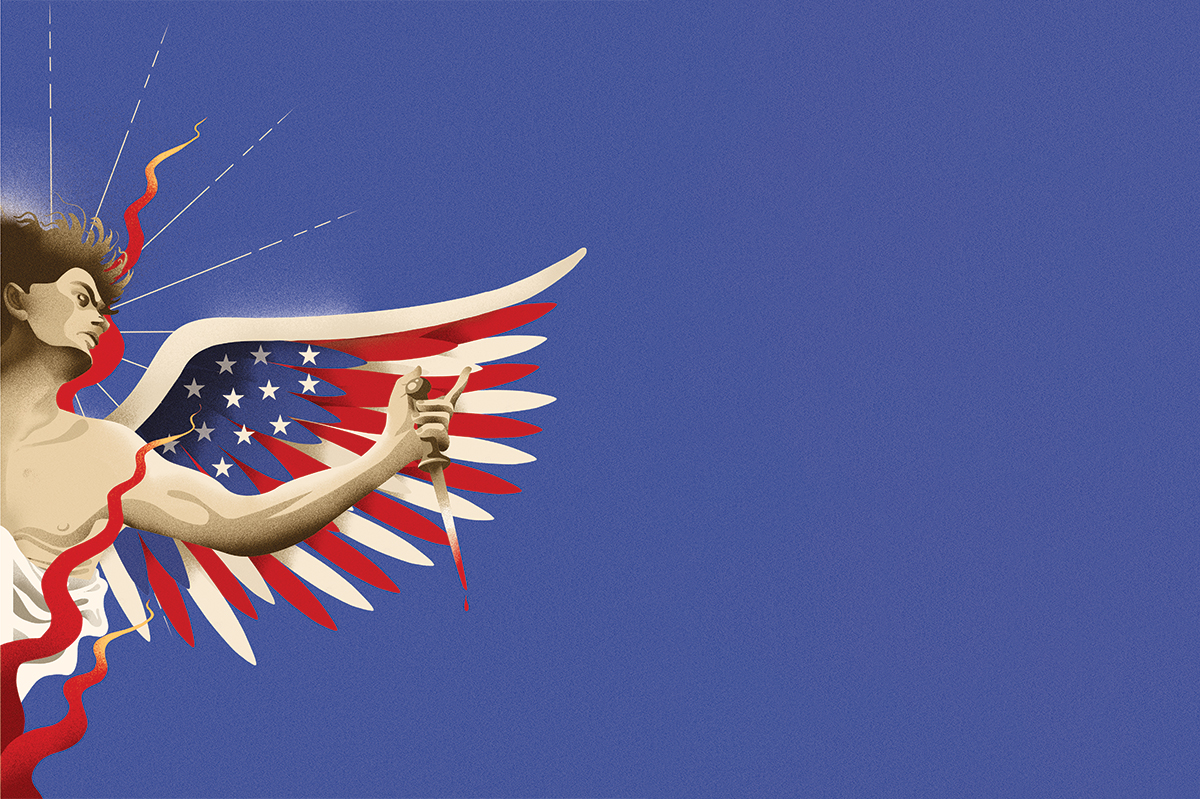







Leave a Reply